Demystifying Rebar Benders: Everything You Need to Know
A rebar bender is a specialized tool used in construction for bending reinforcing steel bars, commonly known as rebar. Rebar is used to reinforce concrete structures, providing strength and stability. A rebar bender is designed to bend these steel bars accurately and efficiently, ensuring they conform to the required shape and dimensions specified in the construction plans.
The purpose of a rebar bender is to facilitate the bending process, which is often necessary to create various shapes and configurations of rebar to suit different structural needs. These shapes can include simple bends, hooks, stirrups, and more complex geometries.
By using a rebar bender, construction professionals can achieve precise bends in the rebar, enabling the reinforcement to fit properly within the concrete structure and meet design specifications.
Contents
Overview of Rebar
Definition and composition of rebar
Rebar, short for reinforcing bar, is a steel bar or mesh that is used as a tension device in reinforced concrete and masonry structures. It is typically made of carbon steel and has ridges or deformations on its surface to enhance the bond with the surrounding concrete. Rebar comes in various diameters, lengths, and grades, depending on the specific application and structural requirements.
Role of rebar in reinforced concrete structures
The role of rebar in reinforced concrete structures is crucial for several reasons. Reinforced concrete combines the compressive strength of concrete with the tensile strength of steel to create a highly durable and reliable construction material. Rebar plays a vital role in this composite system by providing the necessary tensile strength to counteract the inherent weakness of concrete in tension.
Functionality of a Rebar Bender
Explanation of rebar bending process
The rebar bending process involves using a rebar bender tool to shape the reinforcing steel bars into the desired configuration. The process typically begins with selecting the appropriate rebar size and length as specified in the construction plans. The rebar is then positioned within the rebar bender, which securely holds it in place.
To create a bend, the operator activates the rebar bender, which applies force to the rebar at the desired bending point. The force causes the rebar to bend smoothly and accurately according to the predetermined angle or shape. The operator can adjust the bending angle or radius as needed, depending on the specific requirements of the project.
Types of rebar benders
Manual rebar benders
These are handheld tools that require physical force from the operator to bend the rebar. Manual rebar benders are usually compact, portable, and suitable for smaller construction projects or on-site bending needs. They are manually operated using levers or handles, and the bending process relies on the strength and effort of the user.
Electric rebar benders
Electric rebar benders are powered by electricity and offer a more efficient and automated bending process. They feature an electric motor that drives the bending mechanism, eliminating the need for manual force. Electric rebar benders are capable of bending larger diameter rebars and are commonly used in medium to large construction projects.
Hydraulic rebar benders
Hydraulic rebar benders utilize hydraulic power to bend rebar with high precision and force. They are capable of bending large diameter rebars and can handle heavy-duty bending tasks. Hydraulic rebar benders are often equipped with advanced controls, allowing for precise angle adjustments and bending repeatability.
Rebar benders come with various features and capabilities, depending on the specific model and manufacturer. Some common features include:
- Bending capacity: The maximum diameter and grade of rebar that the bender can effectively bend.
- Bending angles: The range of bending angles that the bender can achieve, often adjustable to accommodate different project requirements.
- Speed and efficiency: The bending speed and overall productivity of the bender, which can vary between different types and models.
- Accuracy and repeatability: The ability of the bender to consistently produce precise bends with minimal deviations.
- Portability and mobility: The ease of moving the rebar bender around the construction site, especially for manual or electric models.
- Safety features: Certain benders may incorporate safety mechanisms to prevent accidents or injuries during the bending process.
Applications of Rebar Benders
Construction industry
- Reinforced concrete structures: Rebar benders are essential for shaping and bending rebar to reinforce concrete structures such as beams, columns, walls, and slabs.
- Foundations and footings: Rebar benders are used to shape and bend rebar for reinforcing foundations and footings, providing stability and load-bearing capacity.
- Bridges and highways: Rebar benders play a crucial role in constructing bridges, flyovers, and highways by shaping and bending rebar for reinforcement in critical structural components.
Benefits of using rebar benders
- Increased efficiency and productivity: Rebar benders automate the bending process, allowing for faster and more efficient completion of tasks, leading to improved project timelines and productivity.
- Improved accuracy and precision: Rebar benders ensure precise and consistent bends, meeting design specifications accurately. This results in higher quality construction and reduces the risk of errors or rework.
- Reduction in labor-intensive work: Rebar benders minimize the physical effort required for manual bending, reducing strain on workers and creating a safer and more comfortable working environment. It also frees up labor resources for other critical tasks.
Safety Considerations
- Safety is of utmost importance when operating a rebar bender to prevent accidents, injuries, and damage to property.
- Personal protective equipment (PPE) such as safety glasses, gloves, and steel-toed boots should be worn to protect against potential hazards during rebar bending operations.
- Proper training and certification should be obtained to ensure operators are knowledgeable about safe operation, equipment maintenance, and emergency procedures, minimizing the risk of accidents and promoting a safe working environment.
Maintenance and Care
- Regular maintenance procedures for rebar benders, such as cleaning, lubrication, and inspection, should be followed according to the manufacturer’s guidelines to ensure optimal performance and longevity.
- Proper storage and transportation guidelines, including protecting the rebar bender from extreme weather conditions, securing it during transportation, and storing it in a dry and clean environment, should be observed to prevent damage.
- Familiarize yourself with troubleshooting common issues, such as motor malfunctions or bending mechanism misalignment, and refer to the manufacturer’s instructions or seek professional assistance when needed to resolve these issues and maintain the rebar bender’s functionality.
Conclusions
Rebar benders play a crucial role in the construction industry by shaping and bending reinforcing steel bars for reinforced concrete structures, foundations, bridges, and more. They increase efficiency, accuracy, and productivity while reducing labor-intensive work.
Safety considerations, proper maintenance, and training are essential for the safe and effective use of rebar benders. Overall, rebar bending is vital for creating durable, structurally sound buildings and infrastructure, ensuring the longevity and safety of construction projects.
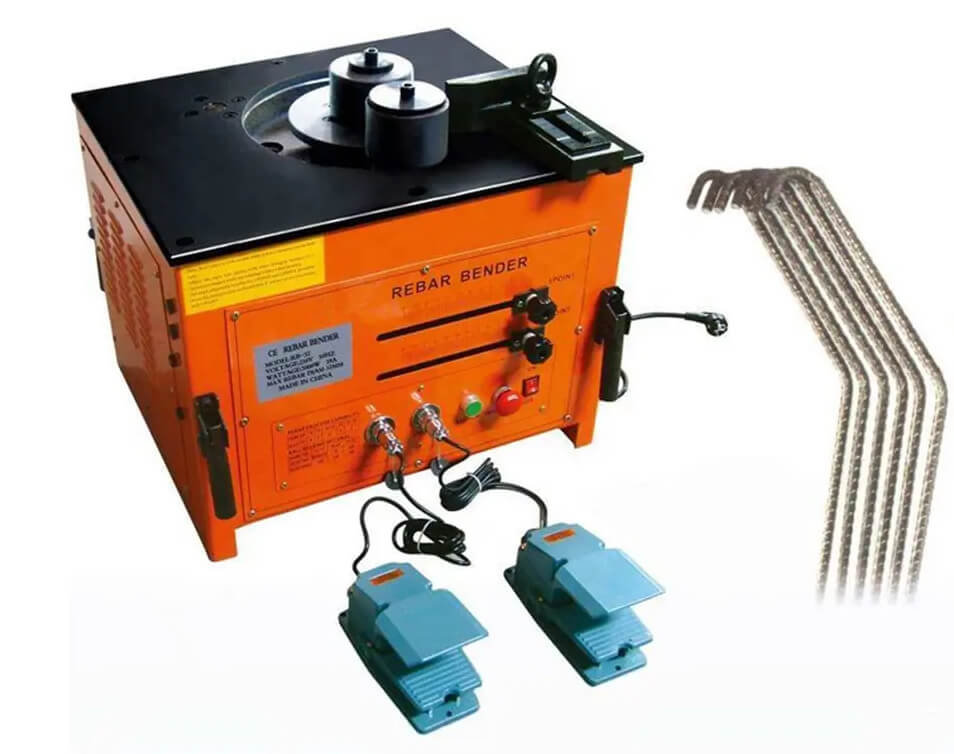
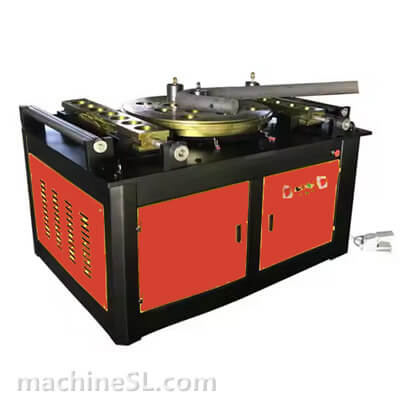
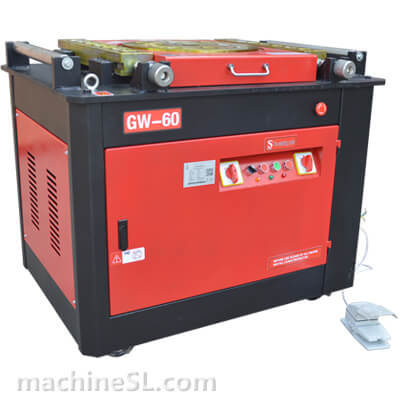
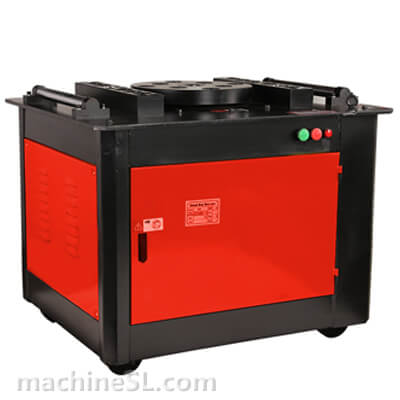
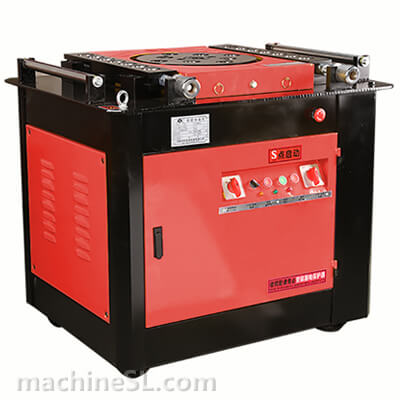
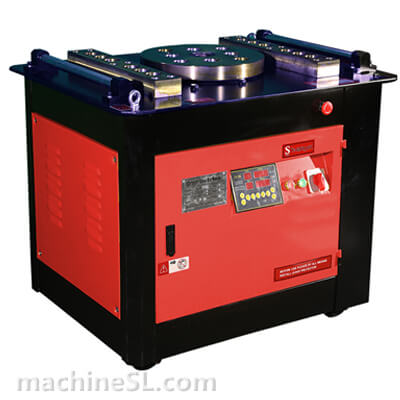
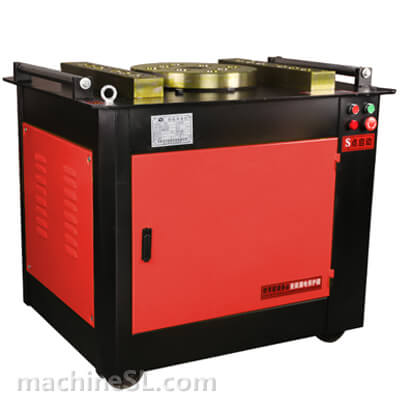
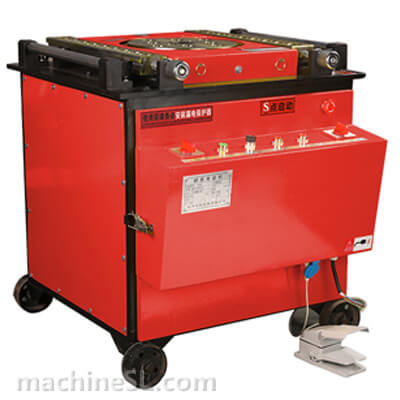
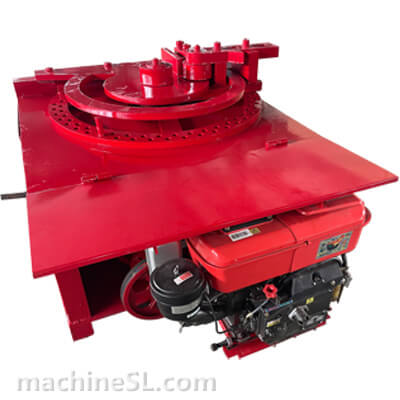
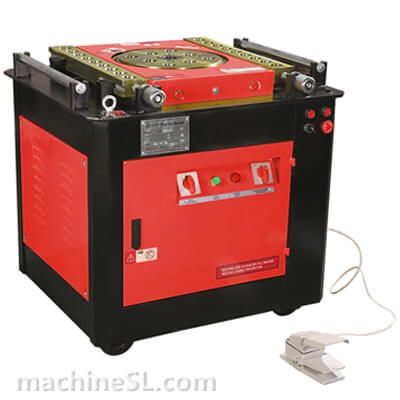
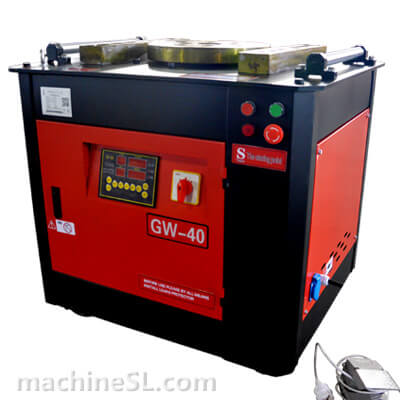
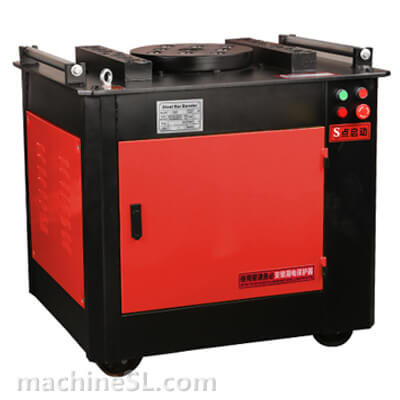
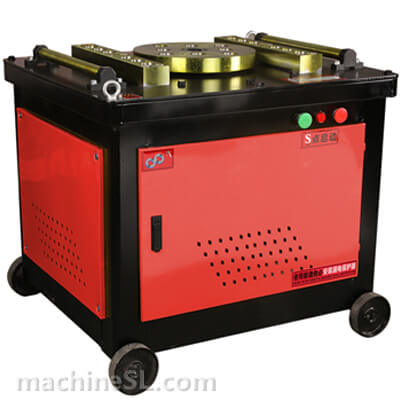
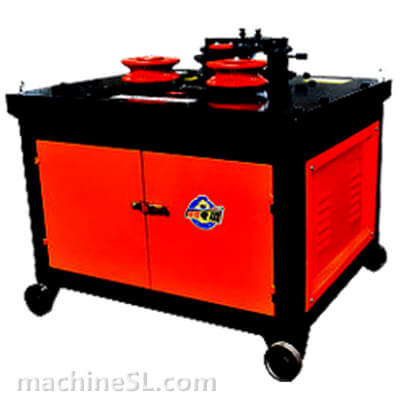
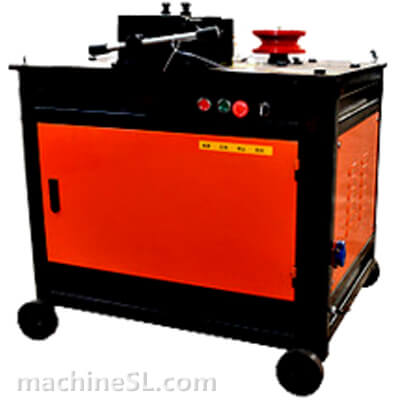
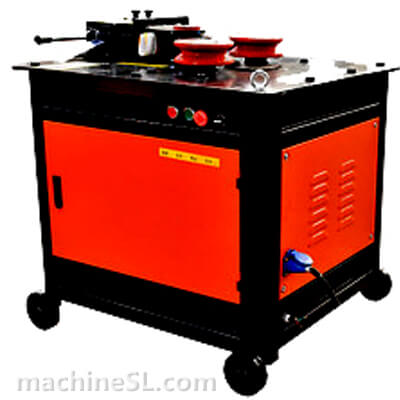
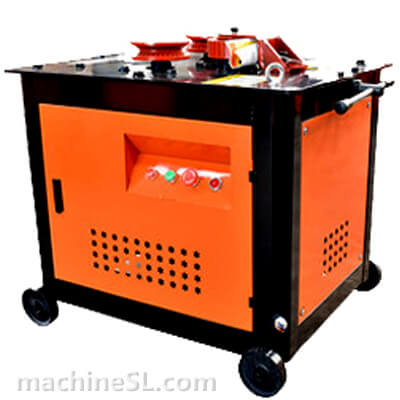
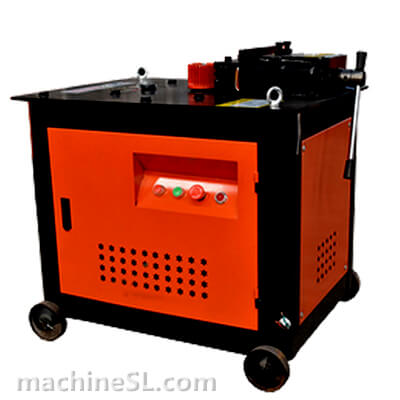
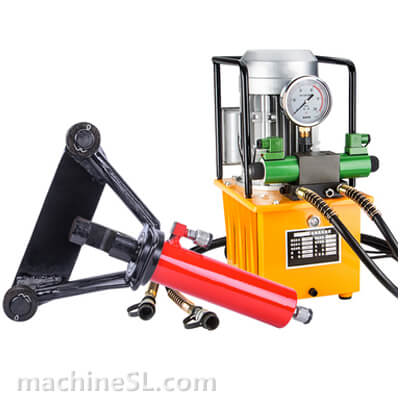
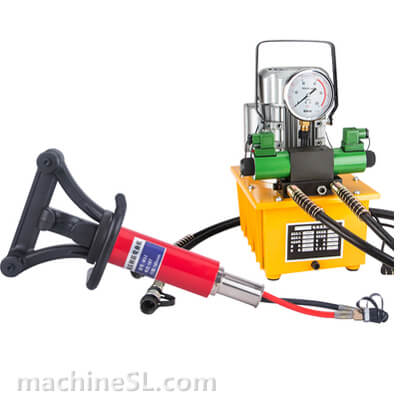
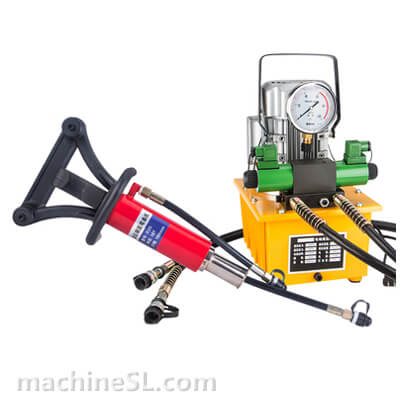
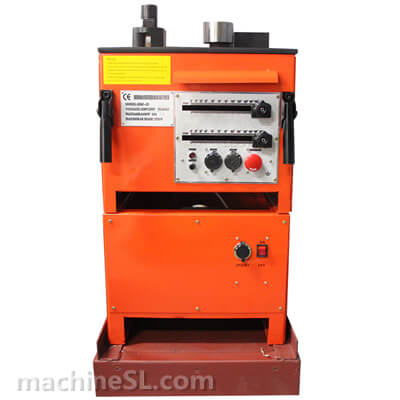
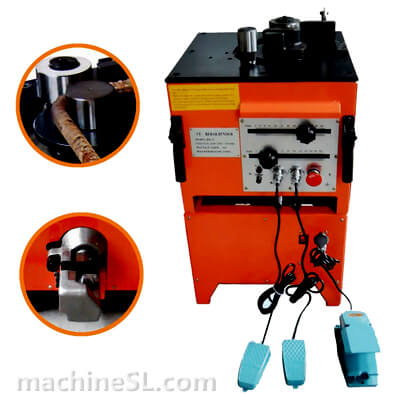
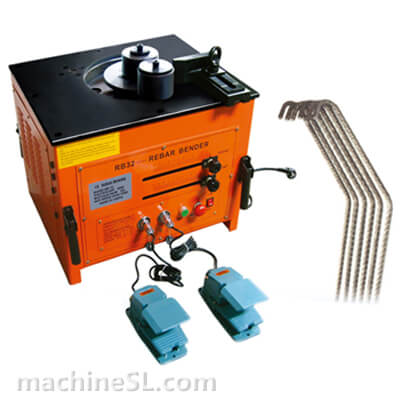
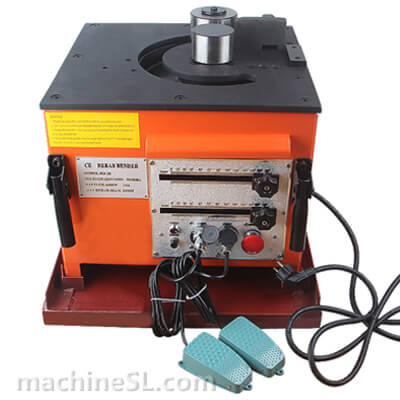
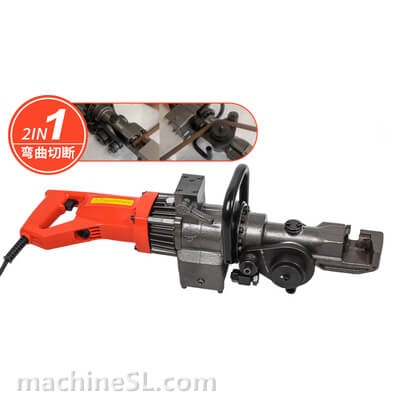
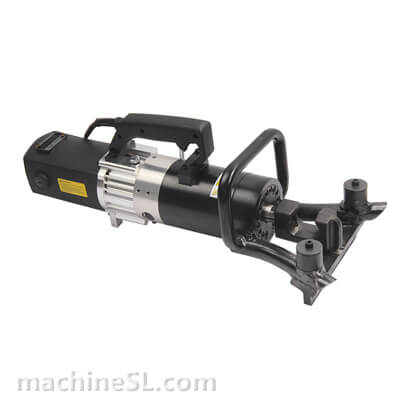
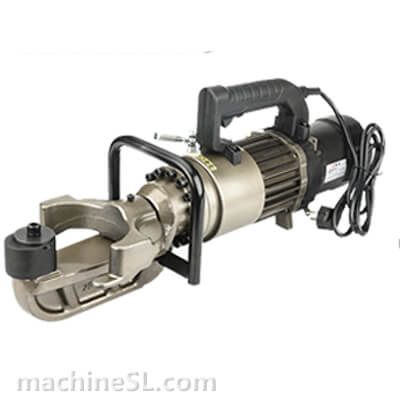
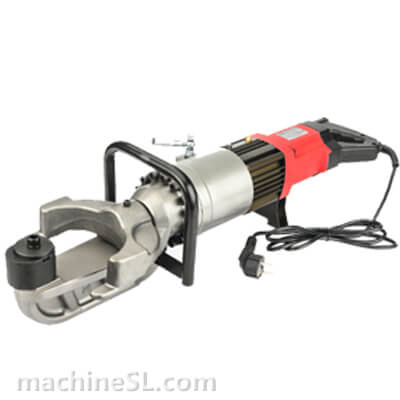
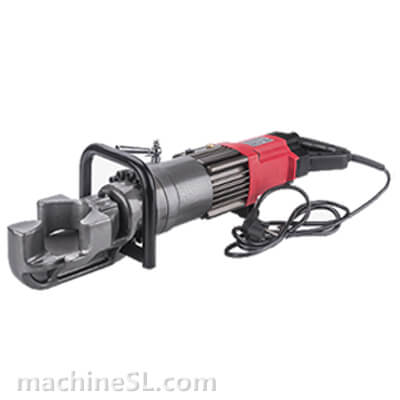
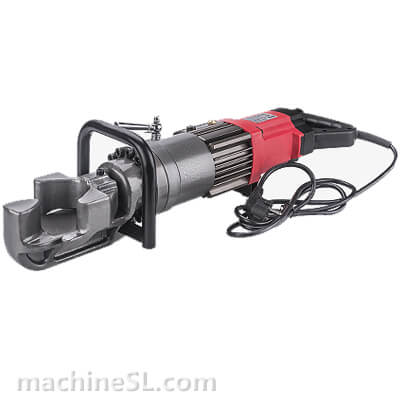
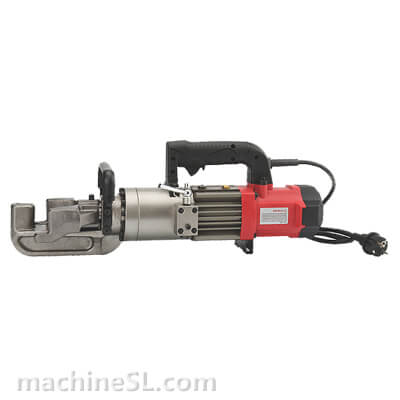
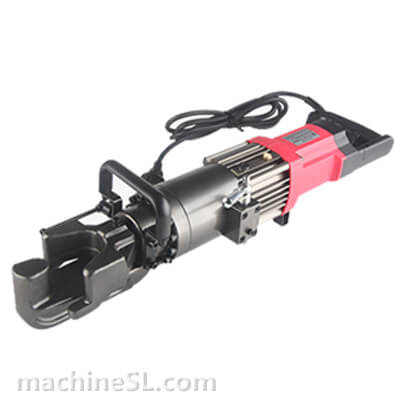
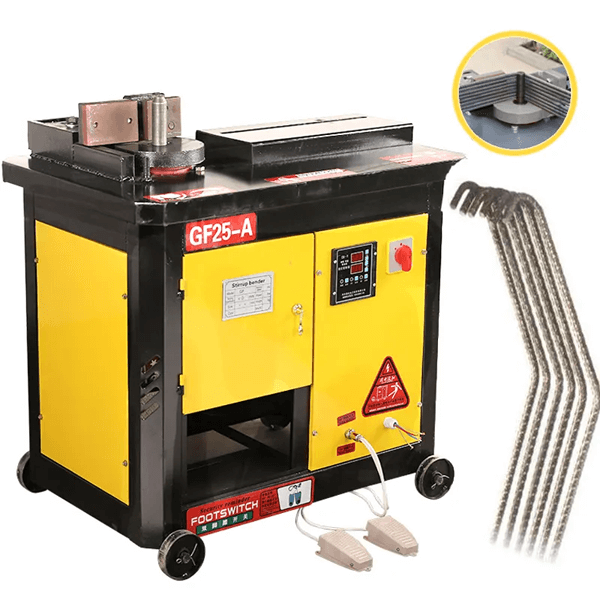
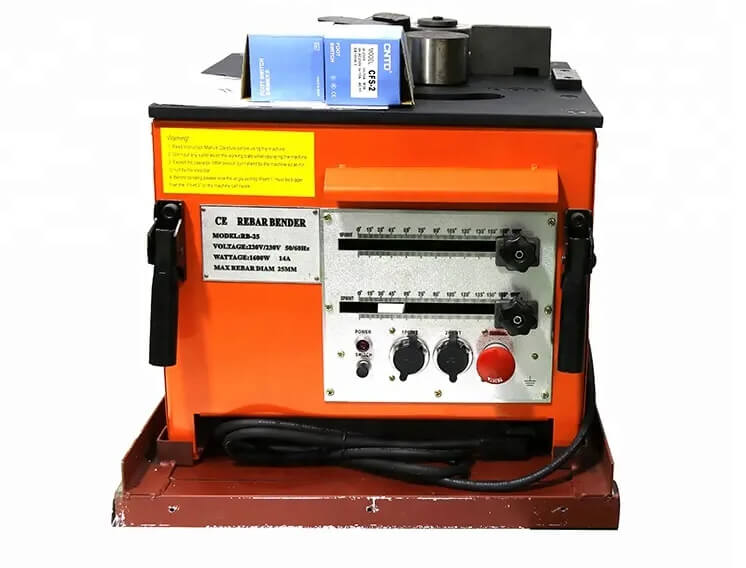

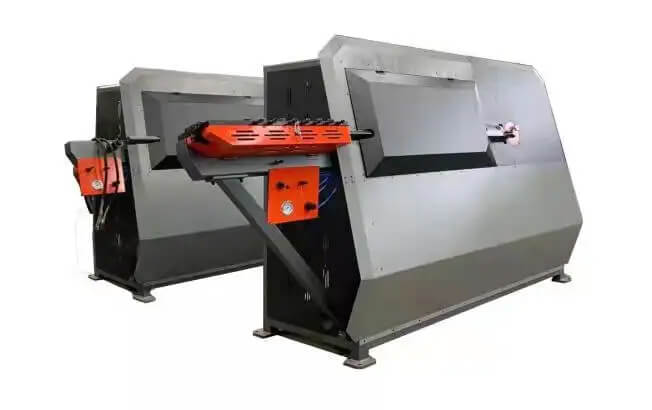
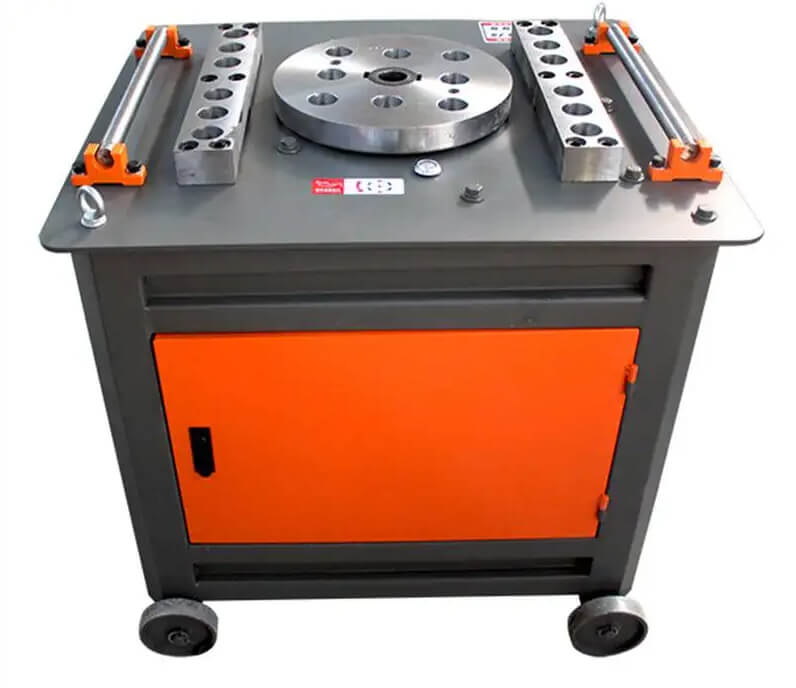





Leave A Comment